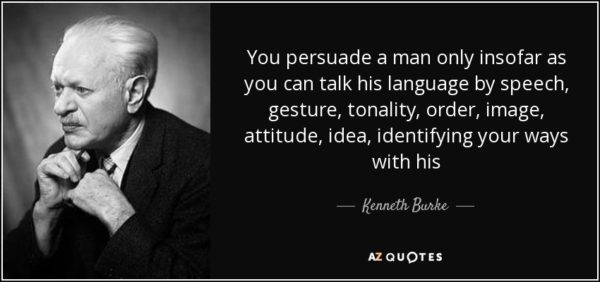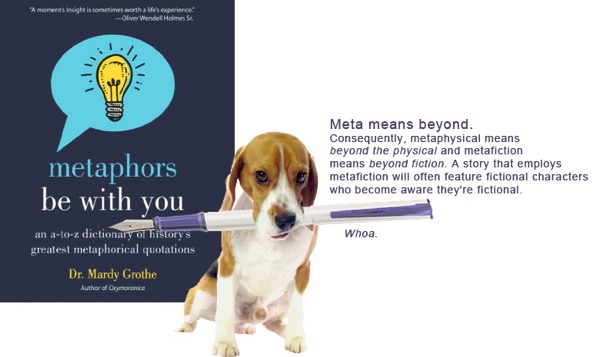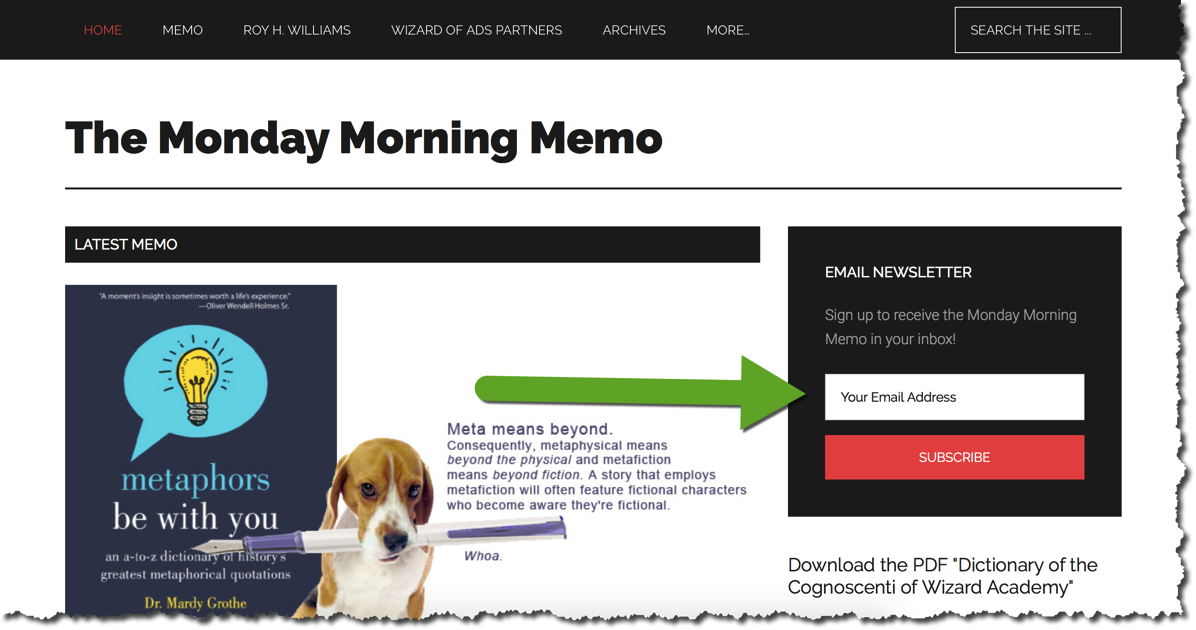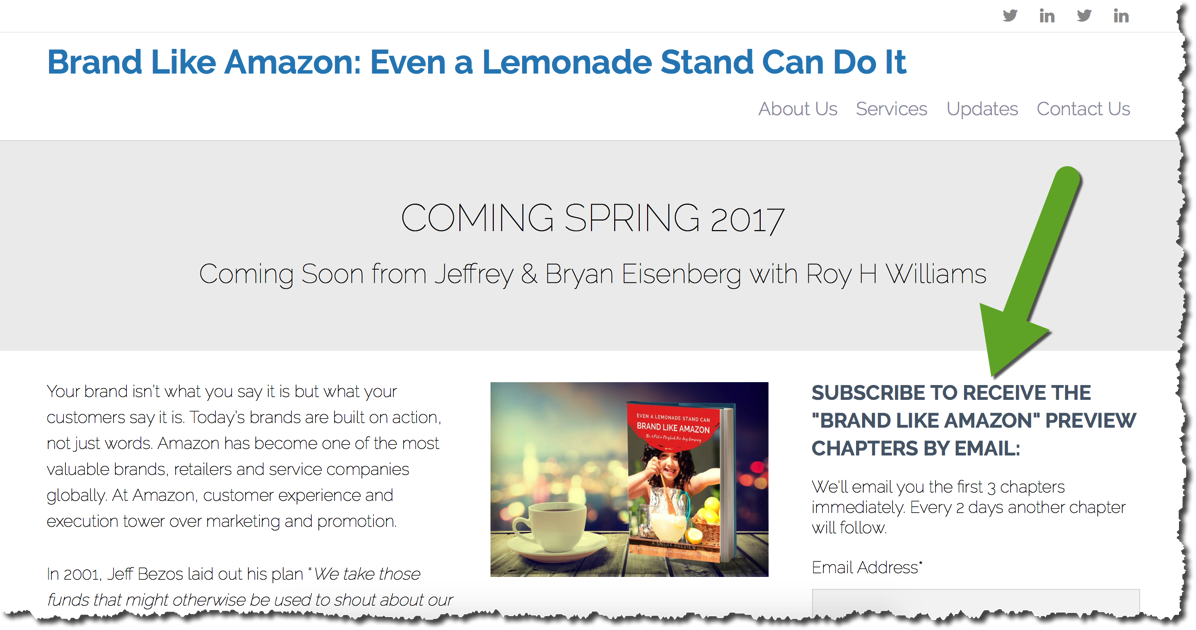Why did Jesus speak so often in parables? And what—among other things—can your business learn from Him?
In Matthew 13:10-13 (NKJV), He explains when asked:
And the disciples came and said to Him, “Why do You speak to them in parables?”
He answered and said to them, “Because it has been given to you to know the mysteries of the kingdom of heaven, but to them it has not been given. For whoever has, to him more will be given, and he will have abundance; but whoever does not have, even what he has will be taken away from him. Therefore I speak to them in parables, because seeing they do not see, and hearing they do not hear, nor do they understand.”
We connect to each other through the symbolic language of story: analogies, metaphors, similies, parables. Unknowns become known. Big becomes small. Strangers become friends.
Too often, I’ve witnessed business owners attempt to communicate in big, sweeping—and ultimately empty—statements. We don’t live our lives in big, sweeping statements. We live our lives and connect to one another through small stories of little moments.
Symbolic language serves as a side door into the brain.
The Quixotic Kenneth Burke (TQKB for short)—one of the great-if-unorthodox scholars of symbolic thinking—spelled it out when he said:

We understand how your company thinks, acts, and sees the world when you bridge between the things you do and things we already know to be familiar.
Read that again. It’s simple to understand, but it’s not always easy to execute. It’s why your message developer and marketing strategist should be paid like movie stars. 🙂
On Monday, perhaps the most successful Quixotic message developer/marketing strategist in the world—and my mentor—answered the question, “What’s a ‘meta’ for?”
Roy H. Williams opened his weekly Monday Morning Memo by saying:
We encounter “meta” most often in the word metaphor.
We create metaphors when we see the same pattern in two, unrelated things.
Shakespeare wrote, “All the world’s a stage, and all the men and women merely players. They have their exits and their entrances, and one man in his time plays many parts.”
Should your messaging be clear? Absolutely! It should be a lot of things, but unless you can first captivate a consumer by bridging that gap between what you do and what they already know as familiar, they’ll see but not see, and hear but not hear, nor will they ever understand.
Yep, it’s a pickle, but—to mix my metaphors—tomorrow I’ll crank up a formula to get your message motor running. It is Daytona 500 week, after all…
Oh, and PS – if you’re not already subscribing to Roy’s MMM, you must NOT pass GO nor collect your DOUGH before doing SO. (The slightly more daring of you will also dive deep down the rabbit hole.)
Oh, and PPS – Roy is writing a new book—Brand Like Amazon—with my other mentors and friends, Jeffrey and Bryan Eisenberg. Get the first three chapters here.




Leave a Reply